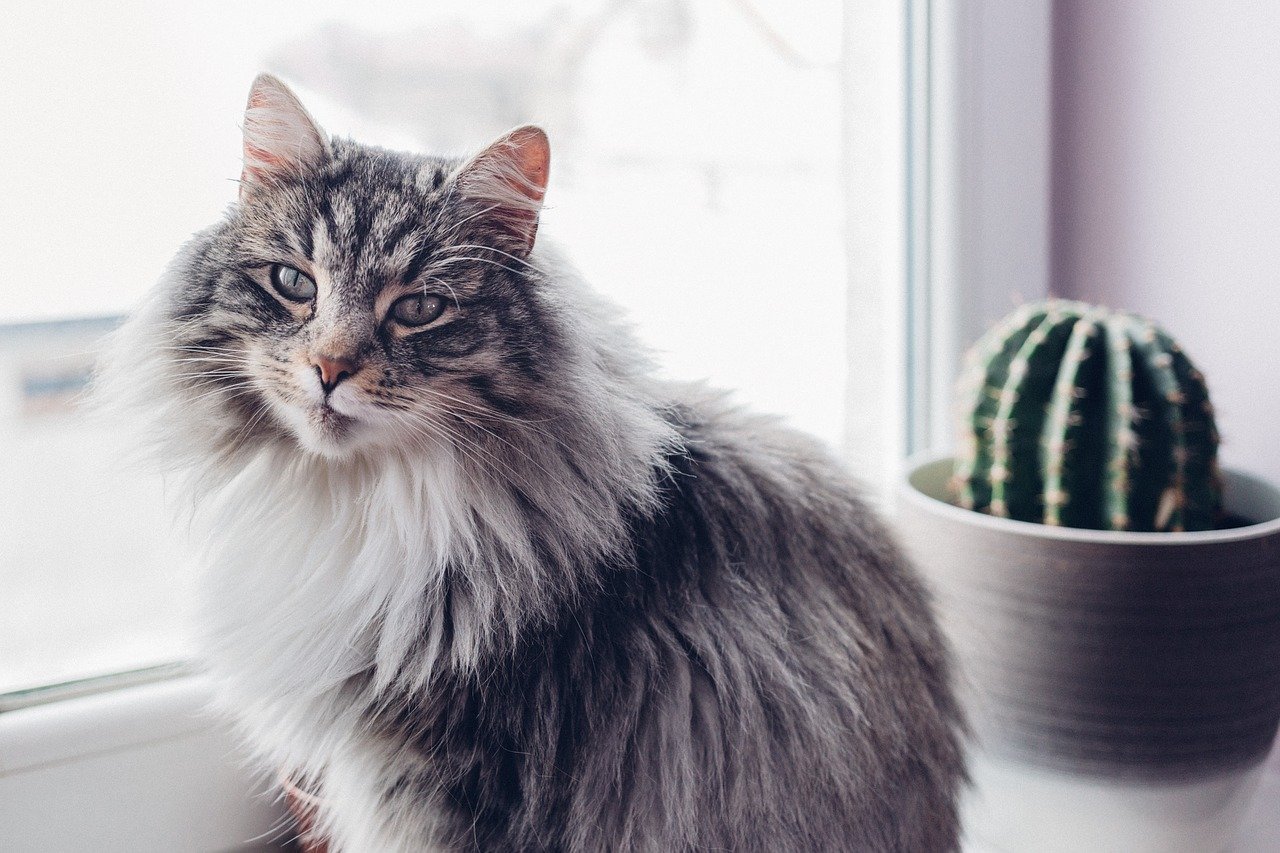Felines are among the most enjoyed pets in the world, no question about it. More than 50% of all homes in the United States own canines and cats. Although cats are enjoyed animals, cat allergic reactions are one of the typical kinds of allergic reactions. Statistics in the past have actually shown that over 10 million individuals in the U.S. alone have allergic reactions to cats – especially their fur.
The greatest cause of cat allergies is dander. The dander, is dust that is produced by the body of the cat. Dander is essentially shed skin that comes off of cats, generally in the kind of little flakes. Although dander can aggravate your skin, it can also enter your immune system too, leading to a range of signs and practically instant allergies.
The dander, once in the body immune system, is perceived to be a danger. Although it isn’t categorized as an illness, it’s more of a reflex by your body and your immune system. Cat allergies take place frequently due to felines having allergens that are spread out throughout their blood, urine, and saliva. Although a cat might not exist at the time, the excretions most likely still are.
Feline dander, urine, and saliva, are found throughout the house of cat owners. Cats constantly groom themselves, which includes rubbing their saliva into their fur. When they do this, they spread their dander and irritants around. Although you might attempt, there is actually nothing that you can do about it. Felines have a natural impulse to groom or shower themselves, no matter the number of baths you provide, you merely will not stop them from grooming.
Usually, when someone is taking an allergy to cats, he or she will wheeze, cough, sneeze, itch, have watery eyes, or a tough time in breathing. Various people react various methods to cat allergens, indicating that some symptoms might not occur at all. Fever and chills is extremely uncommon, although it can take place. If somebody who has feline allergies comes down with fever and chills, you should get in touch with a physician immediately. Chances are, it isn’t an allergic response to cats, but rather another kind of disease that a physician will require to identify.
Feline allergic reactions are normally treated with antihistamines and decongestants. Those that experience asthma attacks or other types of allergic reactions, typically take antihistamines. Decongestants on the other hand, are generally used to treat coughs and swollen nasal passages. In some cases, doctors will suggest allergy shots also. Allergic reaction shots can assist to avoid the attack, particularly if somebody is truly allergic to cats. They are an excellent form of treatment and prevention, and they can likewise assist to reduce the danger of allergic reactions impacting the person.
If you think that you have cat allergies, you should constantly make it a point to visit your medical professional. He will have the ability to further identify your situation, and give you the very best options readily available for treatment. If you do certainly experience cat allergic reactions, the best way to stop the attacks is to eliminate your cat.
Getting rid of a cat can be an extremely hard thing to do. If you have become adverse your cat’s fur, there may be no other way to avoid attacks than to eliminate him. Although doctors can offer you medication and shots, it will only do so much. Feline allergens are no fun, especially if you establish them years after owning your cat. Felines are excellent animals to own – although cat allergies are something we could all live without.
PPPPP
( word count 593).


